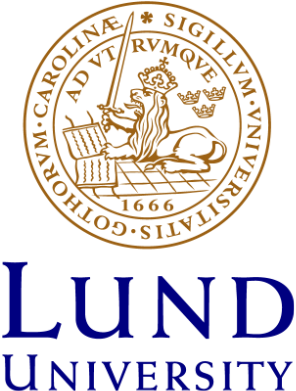IMG_1802.JPG
IMG_1802.JPG System Design Meets Equation-based Languages LCCC Workshop September 2012 <<< thumbnails << PLAY > >> << >> page created with shalbum
http://www.lccc.lth.se/media/LCCC2012/WorkshopSeptember/photos/Album/IMG_1802.JPG.html - 2025-03-09
